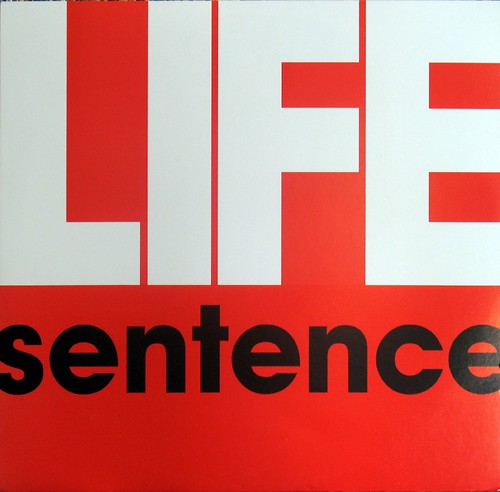
The eighth amendment to the U.S. Constitution prohibits punishment that is cruel and unusual. The Supreme Court has interpreted this prohibition to mean that punishment must be proportional to the crime for which it is imposed. What about juveniles life sentences?
The United State is the only country that uses life sentence/death penalty for crimes committed by juveniles with Pennsylvania being the top in the nation. (http://sentencing.typepad.com/sentencing_law_and_policy/2006/02/life_without_pa.html)
According to a news release from Human Rights Watch, human right activist are asking congress to pass a proposed law to end the sentencing of youth offenders to life in prison without the possibility of parole. They also mentioned that there are at least 2574 individuals in the United States that are serving these sentences for crimes they committed before they were 18 years of old. The proposed law, “The Juvenile Justice Accountability Act of 2009,” would require states and the federal government to offer youth offenders meaningful opportunities for parole after serving 15 years of a life sentence.
Sentencing juveniles to die in prison is cruel, costly and unnecessary. Even youths who commit terrible crimes can grow and be rehabilitated. Recent studies of adolescent brain development have found that teens do not have the abilities of adults to make sound decisions, control their impulses, resist group pressures, or weigh the long-term consequences of their actions.
Juvenile life without parole sentences ignore the very real scientific facts and social differences between children and adults, abandoning the concepts of redemption and second chances upon which this country was built. Psychoanalytical studies have shown that children lack the capacity to both understand and control their actions, which reduces culpability. The human brain does not reach its full capacity in the frontal cortex, the area of reasoning, until age 25. (http://compassioninjuvenilesentencing.wordpress.com/2008/05/27/petition-in-support-of-hr4300-ending-juvenile-life-without-parole/)


